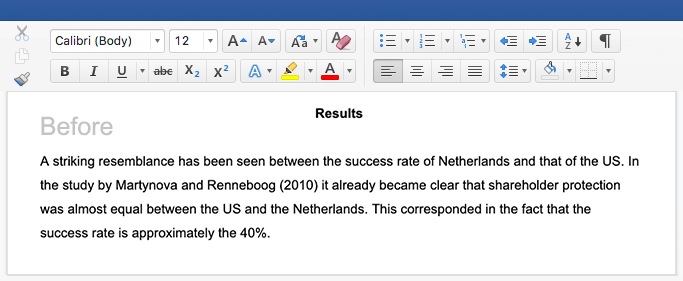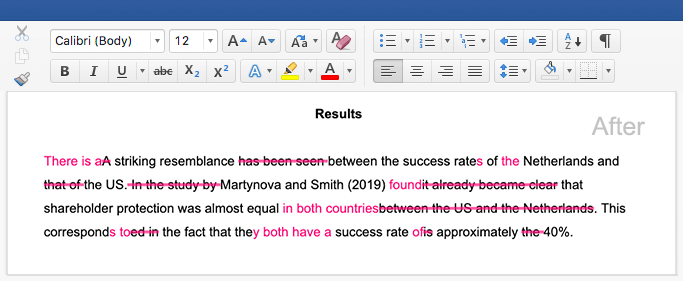What Is a Transitive Verb? | Examples, Definition & Quiz
A transitive verb is a verb that requires a direct object (e.g., a noun, pronoun, or noun phrase) to indicate the person or thing acted upon by the verb. For example, in the sentence ‘I received a letter‘, the direct object is necessary for the statement to make sense.
In contrast, an intransitive verb is a verb that doesn’t take a direct object (e.g., ‘Hannah runs‘). Some verbs can be classed as either transitive or intransitive, depending on how they are used.
We gave Kevin a voucher for his birthday.
Anthony borrowed a book from the library.
How are transitive verbs used in sentences?
Transitive verbs follow the same rules as most other verbs (i.e., they must follow subject-verb agreement and be conjugated for tense, mood, and voice). A verb is transitive if it requires a direct object (i.e., a thing acted upon by the verb) to function correctly and make sense.
In sentences containing transitive verbs, the direct object usually comes immediately after the verb. Objects can be nouns, pronouns, or noun phrases (i.e., a noun or pronoun along with all relevant modifiers, such as articles, adjectives, and attributive nouns).
- I will carry.
- I will carry the grocery bags.
- Tanya is examining.
- Tanya is examining an old manuscript.
Ditransitive verbs
A ditransitive verb is a type of transitive verb that takes two objects: a direct and an indirect object. An indirect object indicates the person or thing that receives the direct object.
The indirect object normally comes before the direct object. When it instead comes afterward, it becomes a prepositional phrase starting with a preposition such as ‘to’ or ‘for’.
Chris gave Tracy his last piece of chewing gum.
Oran is reading a story to his daughter.
Adriana bought food for the guests.
- I asked she a question.
- I asked her a question.
- Paige and John sent we a wedding invitation.
- Paige and John sent us a wedding invitation.
Transitive vs intransitive verbs
Unlike transitive verbs, intransitive verbs don’t act upon anything, so they don’t require an object. However, a transitive verb can be followed by a modifier such as an adverb or prepositional phrase to describe how or where the subject performs the action.
Philip reads quietly.
Amira danced in the kitchen.
Ambitransitive verbs
Some verbs can be used only as transitive (e.g., ‘enjoy’) or intransitive verbs (e.g., ‘sit’). However, some verbs can function as either transitive or intransitive verbs, depending on how they are used in a sentence. These are called ambitransitive verbs.
Cole is reading (a magazine).
We are playing (a board game).
- Sara gave a short speech.
- A short speech was given by Sara.
Quiz: Transitive and intransitive verbs
Other interesting language articles
If you want to know more about commonly confused words, definitions, common mistakes, and differences between US and UK spellings, make sure to check out some of our other language articles with explanations, examples, and quizzes.
Frequently asked questions
Sources for this article
We strongly encourage students to use sources in their work. You can cite our article (APA Style) or take a deep dive into the articles below.
This Scribbr articleRyan, E. (2023, March 14). What Is a Transitive Verb? | Examples, Definition & Quiz. Scribbr. Retrieved 15 October 2025, from https://www.scribbr.co.uk/verb/transitive-verb/
Aarts, B. (2011). Oxford modern English grammar. Oxford University Press.
Butterfield, J. (Ed.). (2015). Fowler’s dictionary of modern English usage (4th ed.). Oxford University Press.
Garner, B. A. (2016). Garner’s modern English usage (4th ed.). Oxford University Press.



